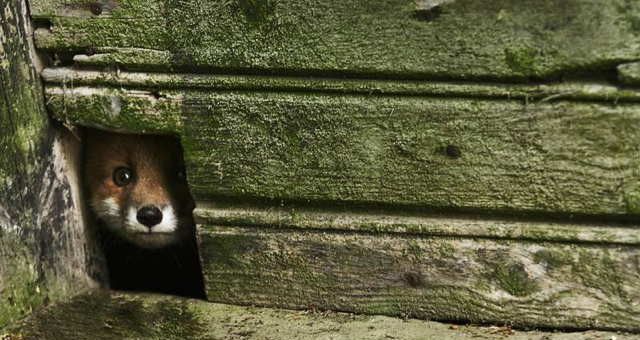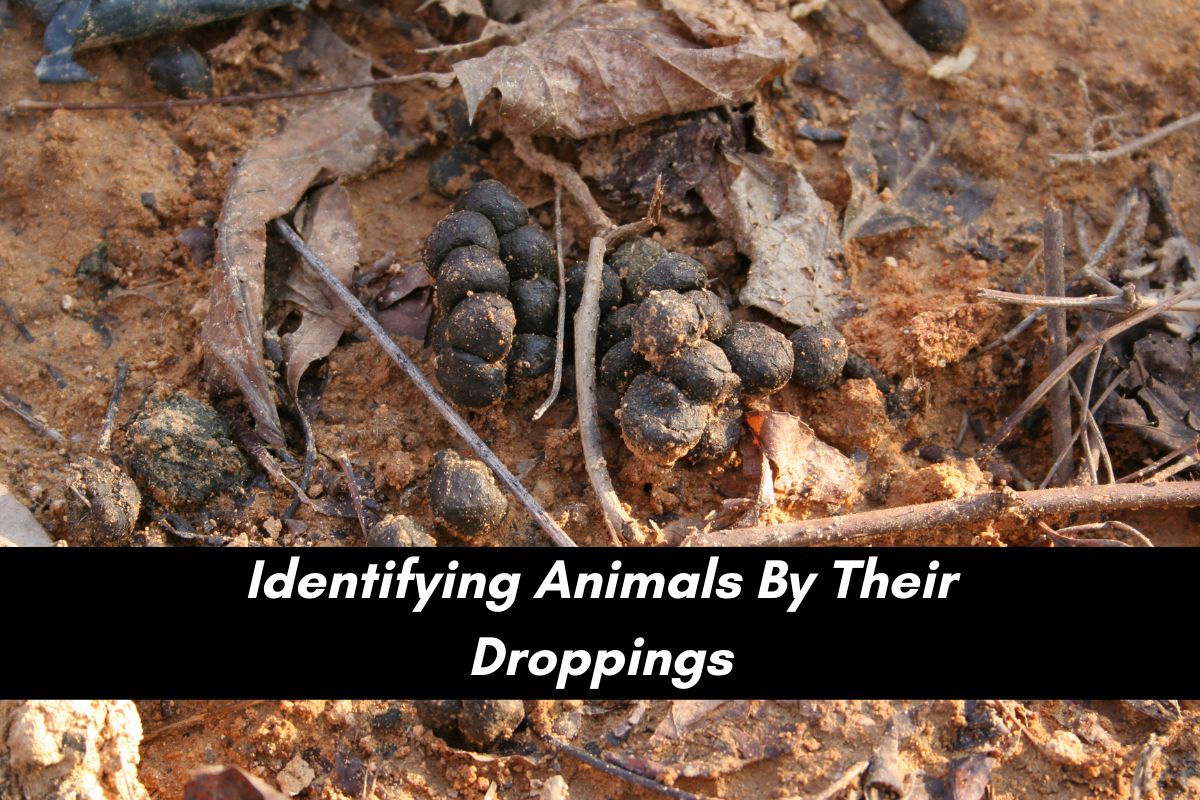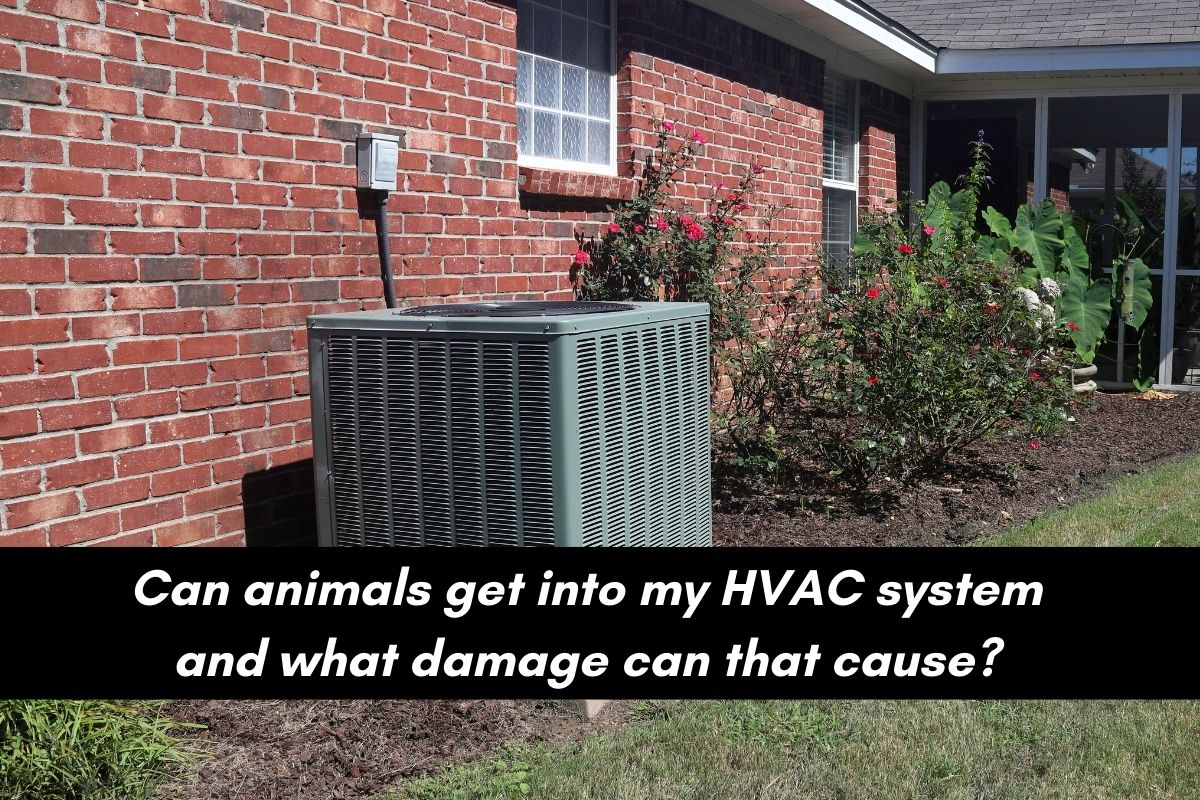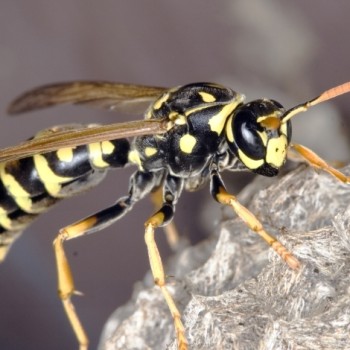
5 Ways Animals Are Getting Into Your House
- Posted by AdminBW
- On June 16, 2015
- 0 Comments
Your house is built to be a dry, safe, and comfortable place to live. Is it any wonder wildlife such as rodents, squirrels, bats and insects feel the same way? Animals instinctively seek shelter from predators, and often look for quiet, deserted, and dark places, particularly for raising their babies—that just happen to be in your home.
It doesn’t a large entryway for animals to come in. Mice need only a ¼ inch space, just big enough to squeeze their heads through. Rats need a ¾ inch space and squirrels need a 2½ inch space or larger.
Could these animal entryways be in your house? Here are specific areas to check.
- Roof—When is the last time you’ve looked at the top of your house? Many of us don’t have the equipment to reach the roof, or the expertise to get on top and examine it carefully. If you can’t get to the top, look from a lower level, or even from the ground, to check the shingles and the areas that connect the roof to the siding. Look for holes in these areas, warped siding, or any sign of animal nests or droppings.
- Attic—The dimness of an attic is a prime spot for wildlife. Look for holes that have been gnawed, for chewed insulation or animal droppings. Examine any cable or electrical entryways and exhaust vents for holes or signs of chewing.
- Chimney—Animals can climb into your home when the chimney cap is broken, missing or has gaps. Make sure the chimney cap fits tightly and check your chimney for signs of animals within by shining a light up the flue.
- Natural openings—Sometimes, animals come into the house in the simplest way. A garage door that is open all day invites wildlife to come in for warmth in the winter and respite from the heat in the summer. Open windows and doors, pet doors, or natural openings like those are not secure or have gaps that make it easy for animals to find their way inside.
- Basement—Like the attic, a dry, dark basement is a natural hiding place for wildlife. From the outside of the house, check the foundation. Look for any openings, especially where pipes, vents or cables exit the home, or where different types of building material come together. Examine areas around window wells, dryer exhaust vents and gaps in brick or siding.
Animal Control & Animal Removal Raleigh, NC Area
If you see any holes, signs of chewing, animal droppings, nests or hives—you have a wildlife problem. We can help. For more information on how we can examine your home from top to bottom and remediate any wildlife problems, give us a call at Critter Control of the Triangle in Raleigh, Cary and Durham NC at 1-800-CRITTER.











